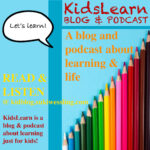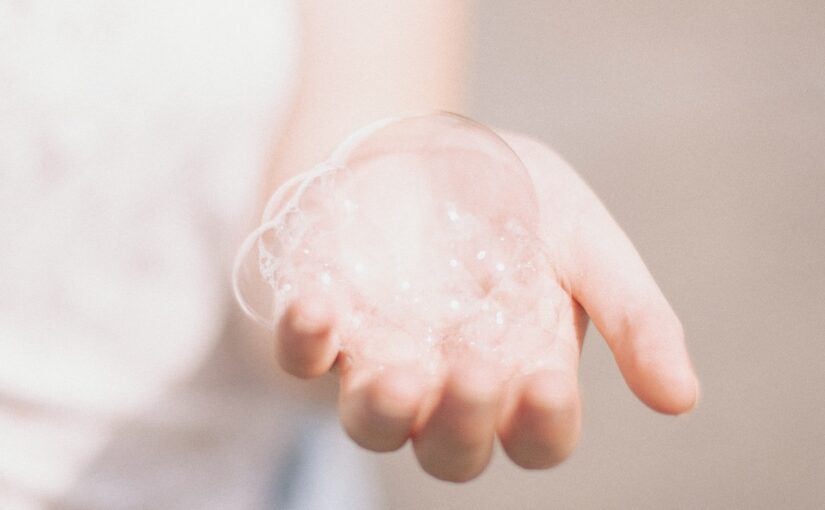
You probably know each of these words separately:
Media refers to all the forms of information that we access, from TV shows to newspapers to books and what we call “social” media—interactive online media.
Hygiene is keeping yourself clean.
These two words together sum up an approach that I think will help all of us be happier, better-informed, more productive human beings.
Media includes entertainment and information
The two major reasons for accessing media are entertainment and information. You can probably think of examples of pure entertainment—a silly movie, for example. And an example of pure information is a list of every grocery store in your town sorted alphabetically or by distance from your home.
But when it comes to most media, what you’re seeing is a hybrid of entertainment and information. When the most respected newspapers in the world decide which stories to put at the top, they are both choosing the information they think we need to know and considering the entertainment value of those stories.
Similarly, silly movies can be pure entertainment, but in most of them you’ll find at least a little meaningful content like analysis of history or human behavior. So there’s a bit of information there, as well.
How media engages us
The media you access doesn’t just entertain or inform you—it also builds your image of the world around you and affects your emotions. So when you go to a news website, you might think that you’re getting informed, and you might notice that the way the information is presented is entertaining, but that media is also building your view of the world around you and your emotions about what you know.
These days, large media companies study people’s reactions to everything, from photos in advertisements to which words are in a headline. They curate everything they present with an intent to capture our attention and focus it.
Unfortunately, research has shown that the most lucrative way to engage readers, to keep them scrolling and clicking, is not necessarily the healthiest way to engage readers.
Lots of people—kids and adults—have trouble managing their own use of media because of how media is designed.
Prof. Suki’s Tips for Media Hygiene
- Interact actively with media
Don’t be passive and accept what a media creator gives you. Ask questions about their intent in engaging you and whether you agree with what they are offering you. - Beware the infinite scroll and click
Digital media is designed to suck you in and keep you there with infinite scroll, common on social media, and constant suggestions for more, common everywhere! If you need to use a timer or a parent reminder, do it. Going back to tip #1, be an active user, not a passive. - Listen to what the media is doing to your emotions
Does interacting with a certain type of media tend to give you negative emotions? For example, if you use social media, do you follow people whose posts make you angry or make you feel powerless? If yes, is this something that is healthy for you? Always remember that you are not at the mercy of media. If it isn’t good for you, you can make the choice to walk away. - Ask for support if you need it
Lots of kids get angry that their parents restrict their screen time without including them in the decision. But it can be helpful if you view your parents as collaborators on maintaining your mental health. If you are concerned by your own media use, ask for support from an adult and collaborate on a plan to help you access media in a healthier way.
For more information, read “The hazards of focusing on the negative.”
